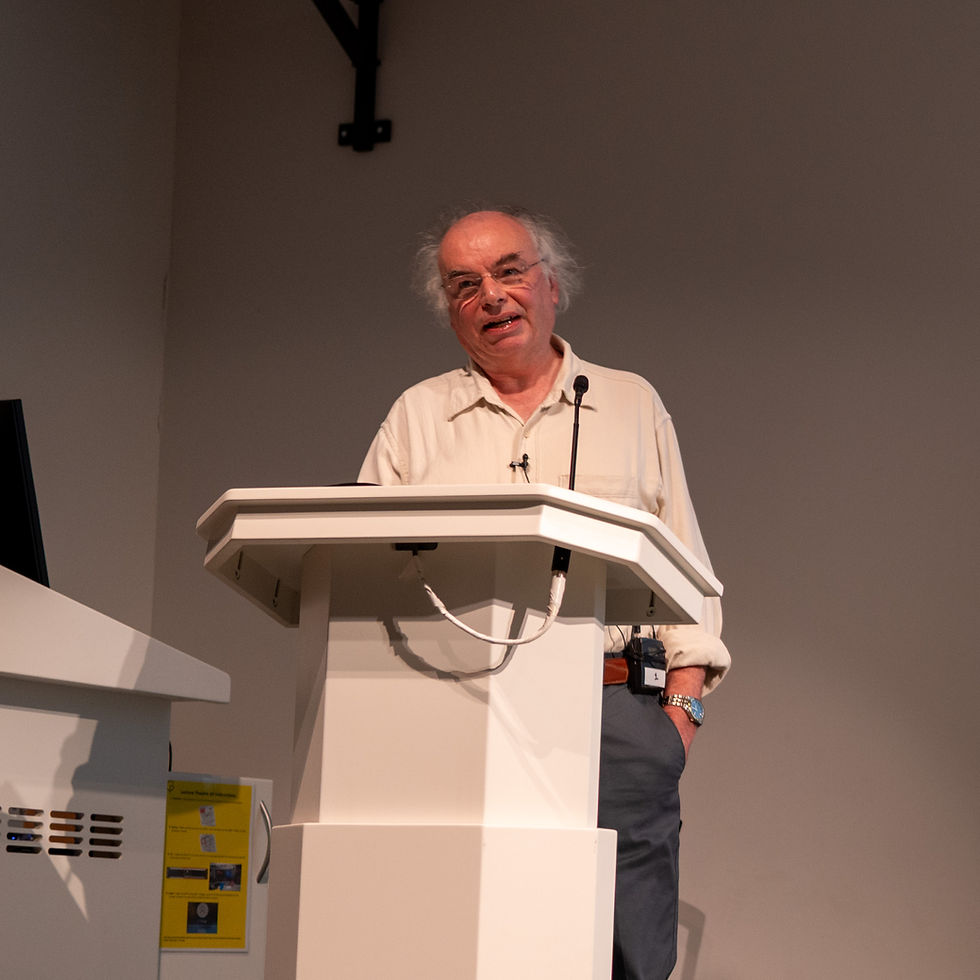Archaeoastronomy: A Brief History by Professor Clive Ruggles
- Mike Meynell

- Jan 16, 2023
- 1 min read
The first Flamsteed lecture of 2023 saw Professor Clive Ruggles give a fascinating account of how the discipline of archaeoastronomy grew out of interpretations of Stonehenge and other British prehistoric monuments in the 1960s.
Clive explained that the development of archaeoastronomy as a discipline has not been without controversy, as it often pitted astronomers against archaeologists. One of the first people to advocate that Stonehenge was an “astronomical observatory and eclipse predictor” was the astronomer and author, Gerald Hawkins, in 1963. Hawkins wrote a very popular book “Stonehenge Decoded” in 1965. The British prehistorian and archaeologist, Richard Atkinson, cautioned against this interpretation, famously stating that the people who built Stonehenge were “howling barbarians”.

Clive went on to explain how archaeoastronomy developed into two separate approaches in the 1980s, what became known as the “green” and “brown” approaches, which derived from the colour of covers of two volumes from the first Oxford conference on archaeoastronomy in 1981. Clive attended this conference, and he explained how the “green” approach was based on surveys of British prehistoric sites and was based primarily on statistics; whereas the “brown” approach was largely based on Mesoamerica, taking evidence from ethnohistory.
In subsequent years, there has been a move to a more interdisciplinary approach, combining architecture, archaeology and astronomy.

This was a very enlightening talk, which challenged many of our preconceptions about “ancient observatories”. Our thanks to Clive for taking the time to come and speak to the Flamsteed.
Photos from the evening by Bobby Manoo.



















Comments